On Wednesday, 12 November 2025, at 9:30 a.m., a ceremony was held at the British Tyne Cot Cemetery in Passchendaele. Sergeant George Goodson Moore DCM was given a new gravestone bearing his name, thanks to research that proved he was indeed buried there.
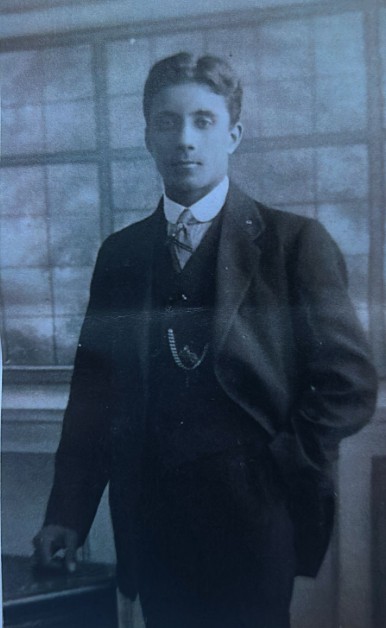
Serjeant George Goodson Moore was born in 1895 in Southwark, London. He was one of three children born to George Goodson Colin Moore and his wife Ellen. George senior was a brass musical instrument maker and the 1911 Census records that George junior was following in hs footsteps as a 'brass muscial instrument apprentice'.
Serjeant Moore initially saw service with 2/7th Battalion The Middlesex Regiment. He disembarked in Egypt on 1 September 1915 where the battalion became part of the Western Frontier Force. In May 1916 the battalion moved to France. The entire battalion was placed in a quarantine camp due to Typhus and disbanded in June 1916. A contingent of the men of the battalion transferred to 1/5th Battalion The London Regiment, including Sergeant Moore.
Serjeant Moore was awarded the Distinguished Conduct Medal for his actions on 11 April 1917 during the Battle of Arras leading a bombing attack near Heninel. The citation which was published in the London Gazette of 18 July 1917 read: "
For conspicious gallantry and devotion to duty. He led a bombing attack with great courage and dash. He remained at his post until all bombs had been thrown and practically all his section had become casualties."
At 01:45 hours on 16 August 1917, C and D Companies of 1/5th Battalion The London Regiment moved up to assembly positions for an attack. B Company of 1/9th Battalion The London Regiment was attached to them for mopping up after the attack. At 04:45 hours they assaulted German positions meeting with little opposition before they reached the eastern edge of Glencorse Wood. Part of A Company succeeded in reaching the final objective which was the racecourse on the edge of Polygon Wood. None of this party rejoined the battalion afterwards.
The rest of 1/5th Battalion The London Regiment which had been held up by machine gun fire from the eastern edge of Nonne Bosschen, was counterattacked from Polygon Wood and the open ground to the south and they were driven back to positions inside the western edge of Glencorse Wood. They were driven back to their orginal lines. The battalion was relieved and moved back to Halfway House that night. It was during the fighting that Serjeant Moore went missing. He was 21 years old.
After the war the remains of Serjeant Moore were recovered and buried in Tyne Cot Cemetery as un unknown soldier of the London Rifle Brigade. It was noted that the soldier had received the Distinguished Conduct Medal. As he was missing, Serjeant Moore was commemorated on the Menin Gate. However, new research has shown that this is in fact the grave of Serjeant Moore and the headstone over the grave has been changed to reflect this. During the commemoration on 12 November, we remembered Serjeant Moore Goodson Moore DCM and his grave was rededicated.
.jpg)

.jpg)

.jpg)
.jpg)


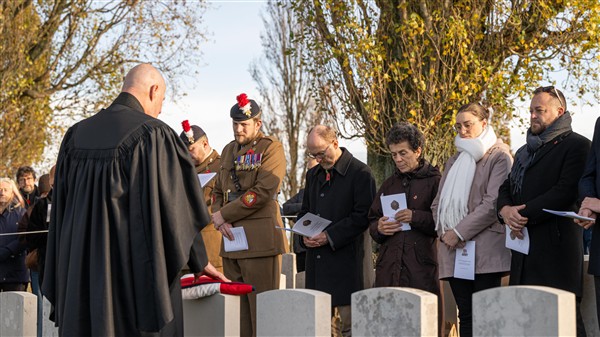

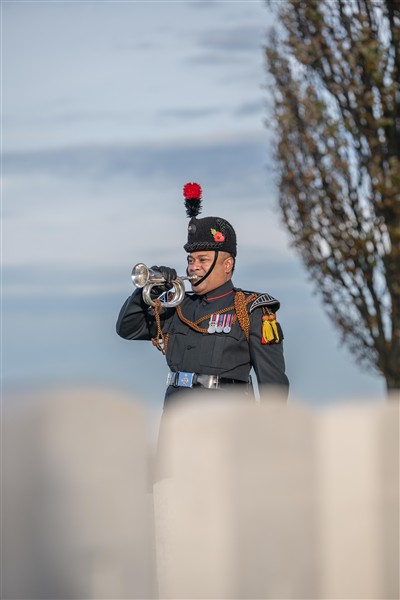
.jpg)
.jpg)
.jpg)
.jpg)
.jpg)
.jpg)
.jpg)
.jpg)
.jpg)
.jpg)
.jpg)
.jpg)
.jpg)
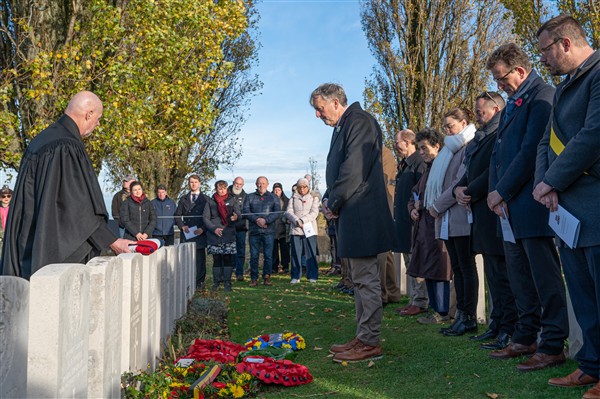
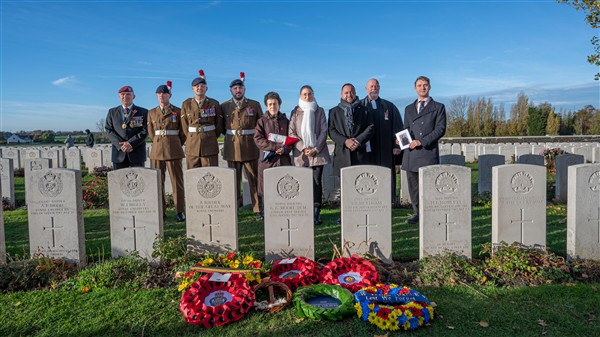
Page made by WO1.be / Greatwar.be - Foto's/Pictures Eric Compernolle.